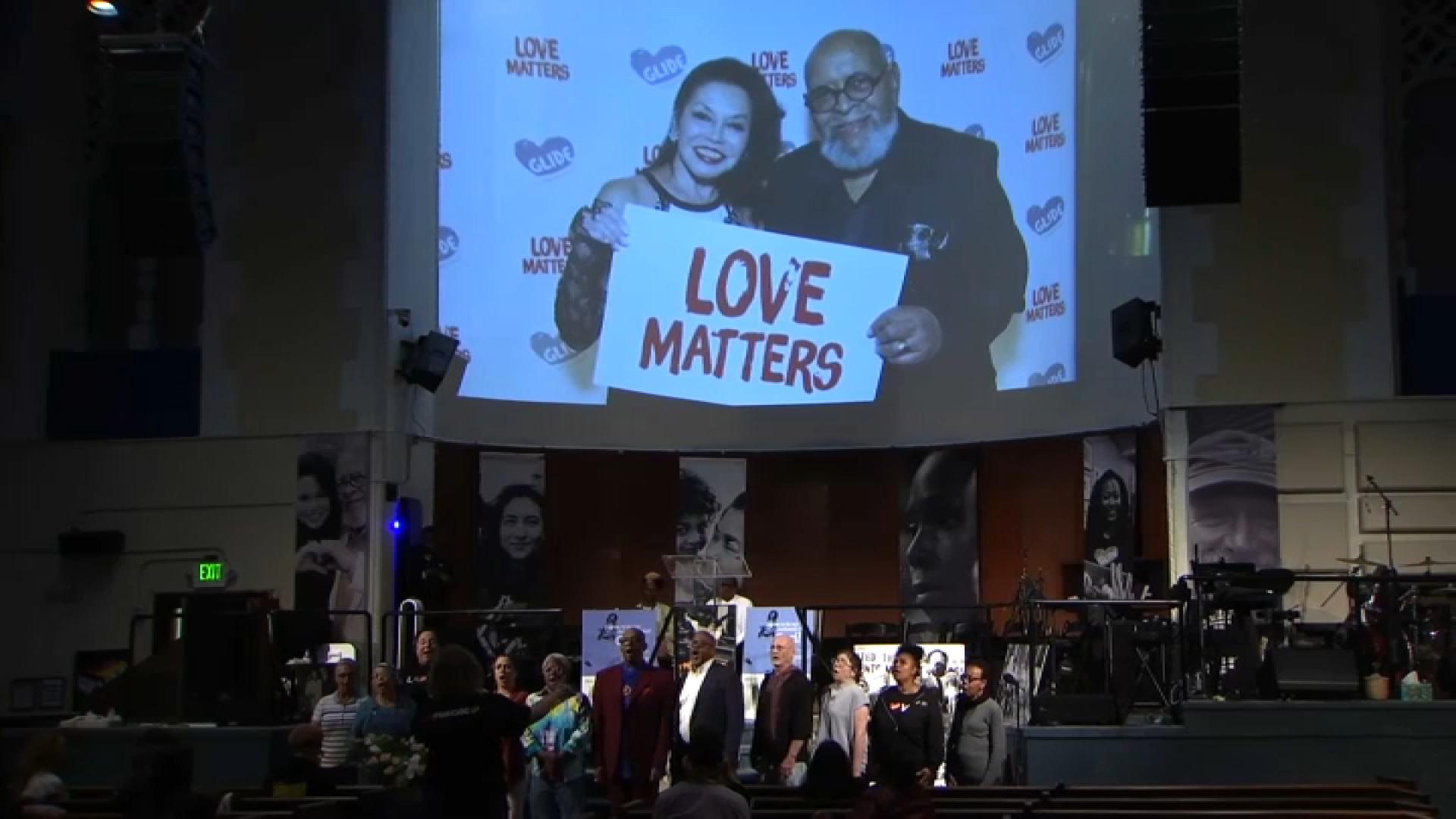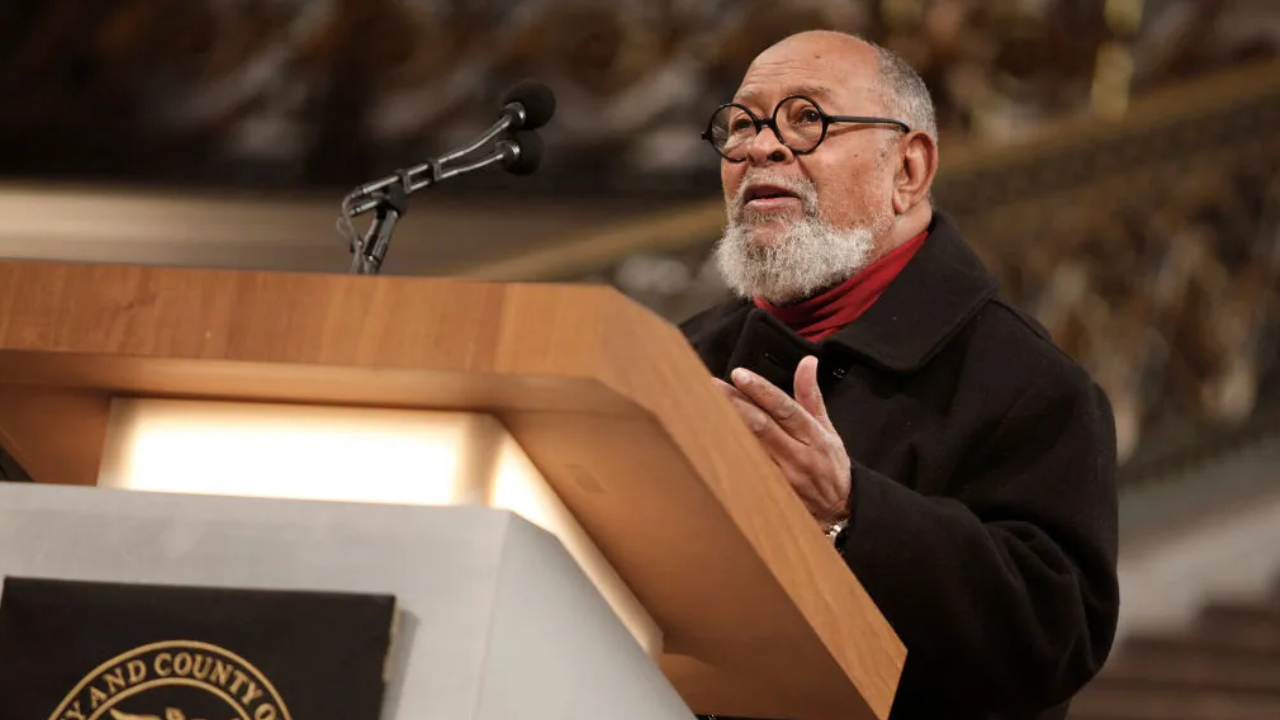The cracks in critical beams that shut down the Salesforce Transbay transit terminal started at the rough edges of holes ordered cut in the four-inch thick steel during fabrication, a New York-based engineer told the project’s governing board Thursday.
NBC Bay Area’s Investigative Unit first reported the problems with the so-called weld access holes that crews using welding torches cut into the now cracked beams that support the terminal across Fremont Street. Engineers pointed to the corners of those holes as under particular stress.
The expert who is overseeing the testing and analysis of the cracks, Robert Vecchio of LPI Inc., said the cracks began with “a pre-existing defect that occurred during the fabrication.” He said the investigation showed tiny cracks in every sample they looked at. Cracks that “popped out” under stress. “We found these small cracks throughout all the sections that were removed from the girders.”
When the holes were cut with torches, he said, workers left behind rough surfaces. Such rough areas should be ground smooth under building codes. Ed Reiskin, head of Muni and a member of the Transbay Board, wanted to know whether the girders were fabricated according to code. But project officials would not answer that question, saying more study needs to be completed.
“I think there’re a lot of open questions,” Reiskin said after the meeting. “I have confidence that we’ll get to the answer.”
Robert Hazleton, president of The Herrick Corporation, the firm that fabricated the beams, spoke after the meeting. He said the cuts were not called for in the original design plans and in some cases were cut into the structures after they were already built – so they didn’t actually serve as weld access holes as defined by code. Documents show confusion about their purpose, location and specification.
Hazleton referred questions about their purpose to project designers, but acknowledged that whatever their role, the holes could have played some part in the cracks.
Local
“It’s ultimately going to be considered a contributing factor,” Hazleton said. “I think that is going to be a focus. I think there’s a lot of things on this job that we will look at, but that one in particular is unique, and because its unique, it’s going to draw attention.”
Meanwhile, a fix is in the works to bolt additional steel to the top and bottom of the broken girders, to reinforce them.
How long that will take and how much it will cost has yet to be determined, leaving the reopening date uncertain.



